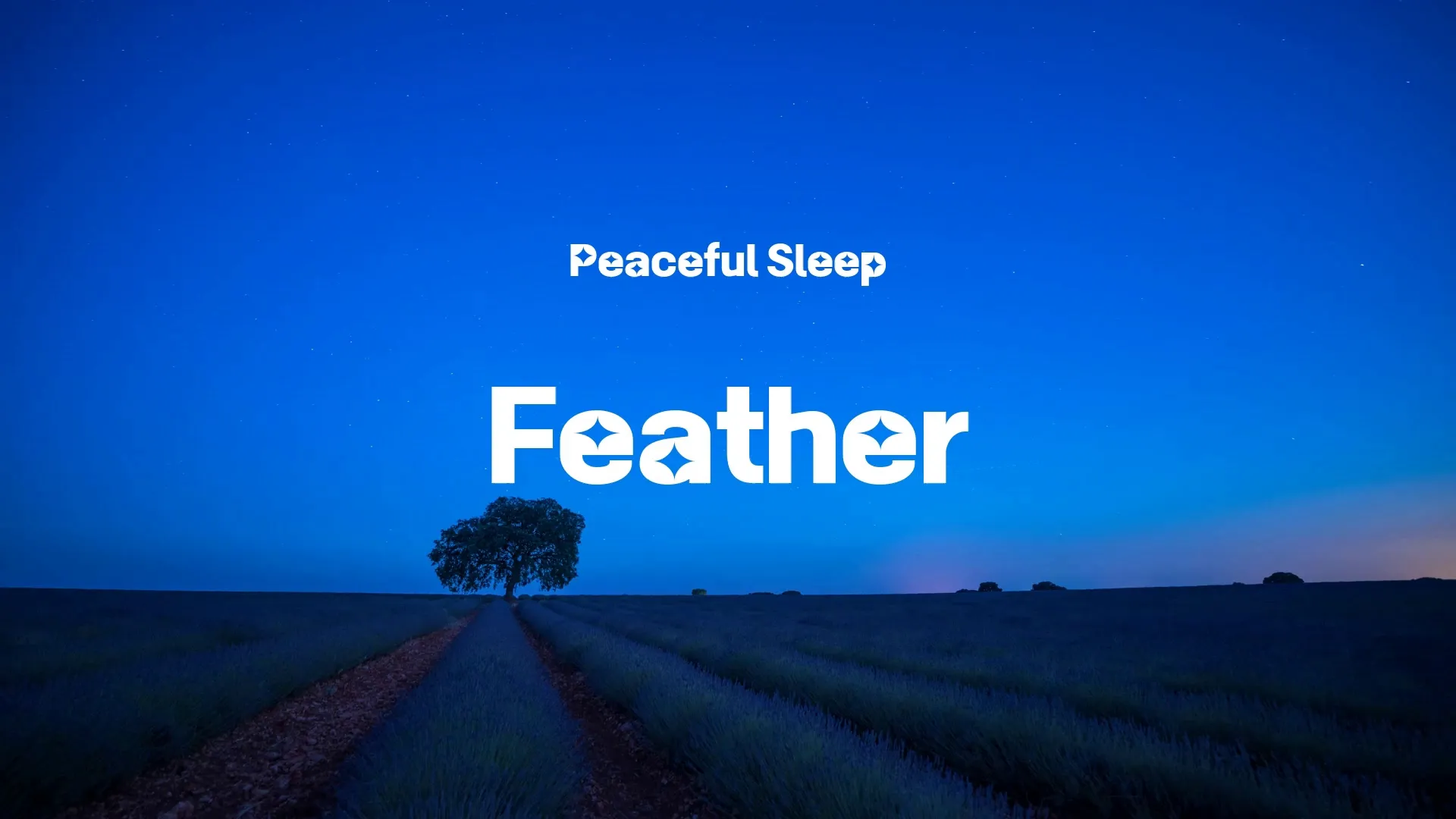Game Prototyping Techniques: Leveraging Royalty-Free Assets & Understanding Licenses
Game prototyping is a critical phase in development, allowing quick iteration and validation of core mechanics. Efficient prototyping requires minimizing time spent on non-core elements, making royalty-free assets invaluable. Understanding their proper use and licensing is essential for indie developers.
Why Royalty-Free Assets Accelerate Prototyping
Royalty-free assets provide immediate access to a vast library of visuals, audio, and more. This eliminates the need to create every asset from scratch, significantly speeding up the initial development cycle. Indie developers can focus on gameplay without getting bogged down by asset creation for a prototype.
Using pre-made assets allows for rapid visual and auditory feedback, making it easier to test concepts. It helps in quickly bringing ideas from a conceptual stage to a playable prototype, maintaining development momentum.
Strategic Use of Royalty-Free Assets
When prototyping, prioritize assets that clearly convey the intended gameplay or mood. Do not get caught up in finding ‘perfect’ assets; functional placeholders are sufficient for early stages. Wayline’s Strafekit offers a curated library of high-quality assets suitable for rapid prototyping across various categories.
Mix and match assets from different sources, ensuring they serve the prototype’s immediate needs. Remember that the goal is to test mechanics, not to create final art. For example, when creating a basic inventory system, placeholder icons are perfectly acceptable.
Understanding Creative Commons Licenses for Developers
Navigating asset licenses is crucial to avoid future legal complications. Creative Commons licenses are common for royalty-free assets, but they come with different requirements. Always check the specific CC license attached to an asset before use.
Common Creative Commons licenses include CC0 (public domain, no attribution), CC BY (attribution required), CC BY-SA (attribution and ShareAlike), and others. Each dictates how you can use, modify, and distribute the work. For a deeper dive into optimizing game performance, which complements efficient prototyping, consider reading about Implementing Object Pooling in Unity for Performance.
How to Properly Credit Royalty-Free Assets
Attribution is often a core requirement for many royalty-free licenses, especially Creative Commons. Failing to credit correctly can lead to legal issues. Maintain a clear record of every asset used, its source, and its license.
Typically, attribution should include the asset’s title, the author’s name (or pseudonym), the source, and a link to the license. A common practice is to include an ‘Acknowledgements’ or ‘Credits’ section within your game or its documentation. Ensure the attribution is accessible and clear, even for prototypes that might evolve into full releases.
Benefits of Royalty-Free Assets for Indie Developers
Beyond speed, royalty-free assets offer significant cost savings. Indie developers often operate on tight budgets, and purchasing custom assets for every prototype is unsustainable. These assets allow developers to allocate resources to core development and marketing.
They also provide a learning opportunity, exposing developers to different art styles and technical implementations. This broadens a developer’s understanding of asset integration and optimization, contributing to overall skill development.
Common Pitfalls and How to Avoid Them
A common mistake is assuming all ‘free’ assets are royalty-free or require no attribution. Always verify the license. Another pitfall is using assets that are too high-fidelity for a prototype, leading to unnecessary performance issues or design constraints.
Avoid ‘asset flipping’ where a game is simply a collection of pre-made assets without significant original development. While assets accelerate prototyping, the core innovation should come from your unique gameplay. Maintain a clear task list for your prototyping phase using a tool like Momentum to keep track of asset usage and licensing requirements.
Create a free account, or log in.
Gain access to free articles, game development tools, and game assets.























